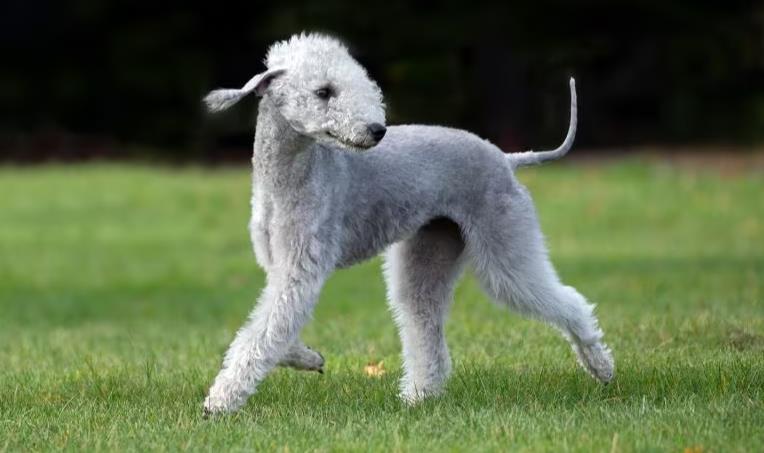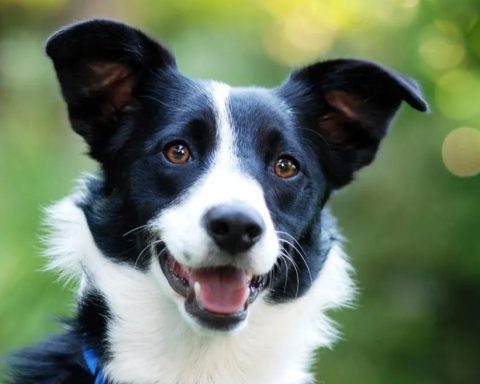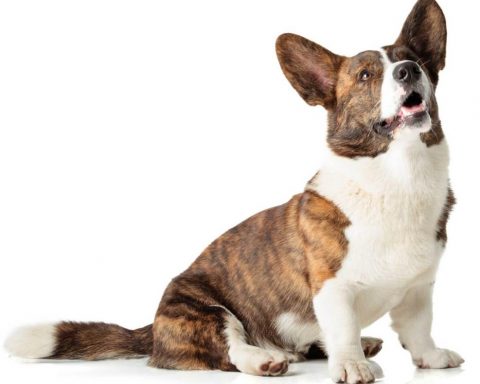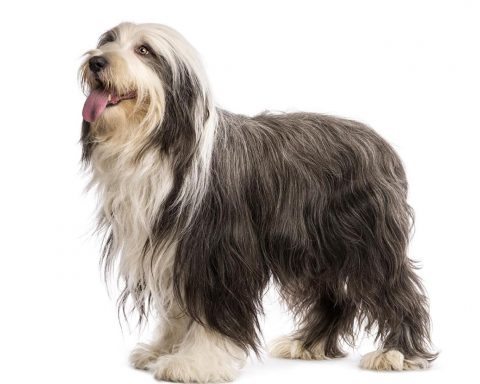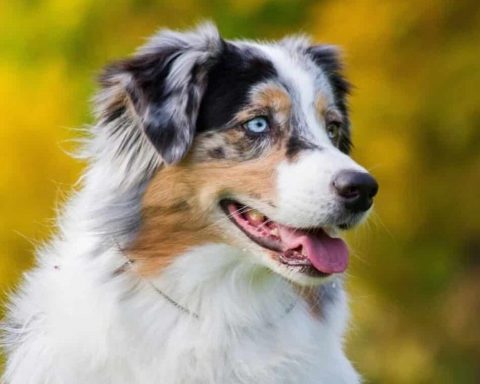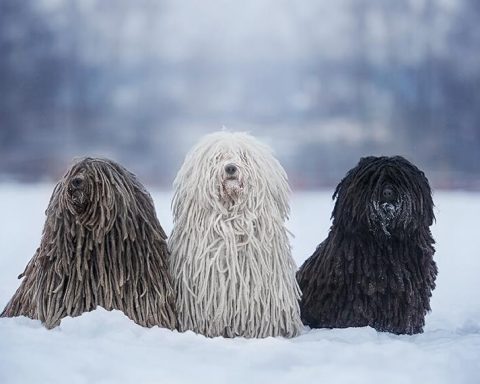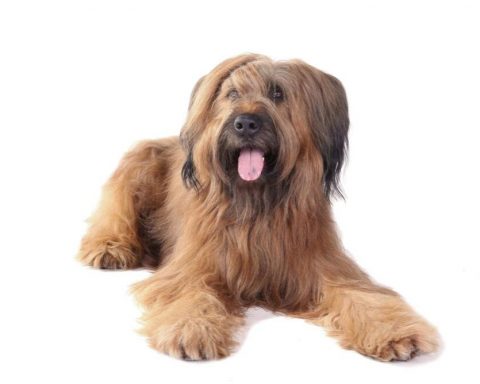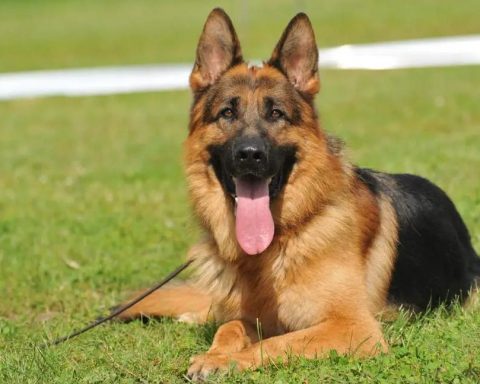An elegant, gentle dog, well balanced, without any roughness or weakness. The expression when quiet appears very gentle and soft, with no tendency to timidity or nervousness.
When excited, this dog is very alert, energetic and courageous. Its endurance is also noteworthy, and the outline of the body is clearly displayed when they are running at a high rate of speed.
Place of Origin
England
Head
Narrow, but deep and rounded. The head is relatively short while the jaws are longer. The head has a large number of head buns, lighter in color than those on the body, the highest point being the crown of the head, which gradually extends and thins toward the bridge of the nose. There must be no stopping part; it is a continuous line from the top of the head to the nose-glass. The head is made to appear slender, without cheeks or interruptions. The lips are orchid with black, orchid, tan, brown, and other solid and combination colors.
The eyes are almond-shaped, small, bright, and sunken to the proper depth. Position oblique and rather high.
Dark blue eyes;
Orchid and brown eyes with amber light;
Teal, teal and brown with hazel light;
Liver, liver and brown eyes, slightly darker.
Eyes rimmed with black with blue, orchid, orchid with brown and tan, and other solid and combined colors.
Ears triangular in shape with rounded tips. The ears are positioned low and hang flat on either side of the cheeks, pointing slightly forward. They are about 3 inches wide at their widest point. The tips of the ears are near the corners of the mouth. The ears are thin and covered with a downy, velvet-like coat. The tips of the ears are covered with softly trimmed hairs that form a silky fringe. The nostrils are large and well defined.
Orchid and brown dogs have black nostrils;
Liver, brown, and teal dogs have brown nasal lenses.
The jaws are long and tapering. The muzzle is situated below the should, firm, and thickly boned.
The lips are tightly closed, without floating lips. Teeth are white, long and strong. Pincer bite or clipper bite.

Neck
Long, tapering, without a hanging throat and reaching diagonally upward from the shoulders, without excessive muscle. The head can be held high.
Body
Muscles are obviously supple. Chest deep. Ribs deep and flat, reaching the elbow in depth. The back naturally arches upward, forming an arched back. The length of the torso is slightly greater than the height of the shoulders. The properly muscled legs also appear elegant and refined.
Legs and claws
Flexible and muscular. The hind legs are somewhat longer than the front legs, which are straight, and are spaced a little farther apart on the chest than between the foot and claws. Carapace long, sloping, slightly curved, but not weak. The hind knee joints are properly angled. Fly joints strong, leaning down, not turned inward or outward. The foot pads are thick and smooth, and the paws are long rabbit feet with compact claws. Wolf claws should be removed.
Coat
The coat is a very distinctive mix of soft and hard hairs. It is flexible to the touch, but does not feel like wire. To look neat, the coat should not exceed 1 inch in length; the hair on the legs is slightly longer.
Tail
Positioned low, thicker at the root, tapering to a fine point. Cannot be held up over the back or close to the underside of the body. Just long enough to reach the fly knuckles.
Color
Orchid, teal, liver, orchid and brown, teal and brown, liver and brown. In bi-colored dogs, brown markings are usually found on the legs, chest, under the tail, on the inside of the hind legs, and around the eyes. All adult dogs have a lighter head bun color than their body color. Darker hair will appear on injured areas of the body; it is not a problem and will fade quickly. All colors want a darker body color.
Height
The ideal Bellingdon Terrier is about 16 inches or so in height and the bitch about 15 inches or so. Males higher than 17 inches or lower than 16 inches and bitches higher than 16 inches or lower than 15 inches are considered severely defective.
Weight
The more desirable weight range is 17 to 23 British pounds.
Gait
Movement is very light. The gait is very healthy in a slow march, neither very exaggerated nor shuffling. The gait does not allow for side-to-side strides, crossovers, or paddling positions.
